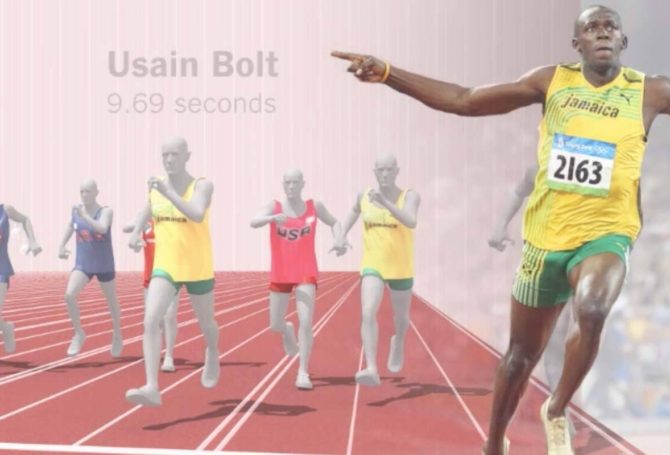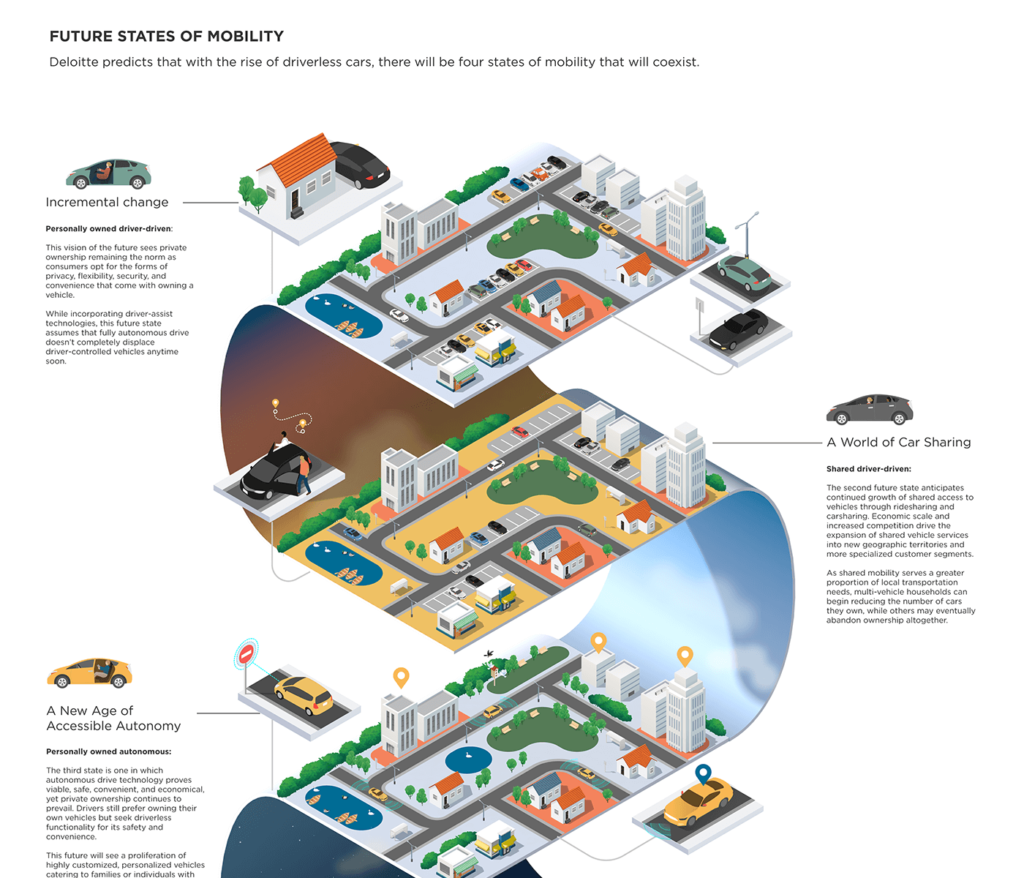
Infographics may look complicated and hard to create. In reality, they are simply well-wrapped information.
Infographics contain data, text, charts and illustrations. They are versatile, colorful and often dramatic. At their best, infographics deliver visual displays of information with a dose of insight.
Design is the critical creative element to effective infographics. Design ties together the information, leads viewers logically through data points and leaves a strong impression. Design allows viewers to absorb a lot of information, including complex data, quickly and efficiently.
Infographics can be alternatives to video content that can work well on visual platforms like YouTube. They can be audience-pleasing sidekicks to blogs, social media posts and website landing pages.
Creating infographics requires more than adding pictures to some text and a few charts. Infographics are visual communications where words, images, charts and illustration are melded together to reinforce each other and underscore a key message or an important fact.
While infographics can be applied to many tasks, they work especially well to simplify complex information, showcase contrasting arguments, share survey data, demonstrate processes and provide topic overviews with links to deeper layers of data. As visual communications, infographics appeal to viewers who avoid large blocks of text or who prefer seeing information at a glance.
In a communication toolkit, infographics don’t replace anything. They enhance other communications tools, for both internal and external audiences. An infographic-esthetic can transform other tools so they are more eye-grabbing, visually consistent and easier to access.
Designing infographics follows a similar track to other communication tools. Know your audience, understand what interests them, settle on your core message, select supporting material, choose captivating visuals and package your content in a visually arresting way, like you might wrap a special birthday present. For data, don’t stop at creating a chart in Excel. Imagine how that data could be arrayed so it becomes more approachable and impactful.
Infographics can be alternatives to video content that can work well on visual platforms like YouTube. They can be audience-pleasing sidekicks to blogs, social media posts and website landing pages.
Infographics aren’t restricted to marketing or poll results. They can be applied to any form of outreach, from online audiences to targeted groups. They can thrive online or on paper. The New York Times created an interactive infographic to explain how the Pfizer and Moderna vaccines work to combat COVID-19.
The effort is worth it. Studies show visuals attract more online clicks, shares and engagement. They also boost SEO. For some, infographics can be brand-makers. For just about anybody, well-packaged infographics demonstrate you know how to tell a story creatively and memorably.
It is not a crime to admit you lack the skill to conceive of and create an infographic. You can hire people to help you. What you can do is commit to exploring an infographic to expand and freshen your content, widen your appeal and tap into your dormant, but not missing inner creativity. The thought process of developing an infographic may be valuable in and of itself to reveal (or remind) what makes your enterprise special.
Creating your own distinctive infographic could be a great and productive way to launch the new year.





